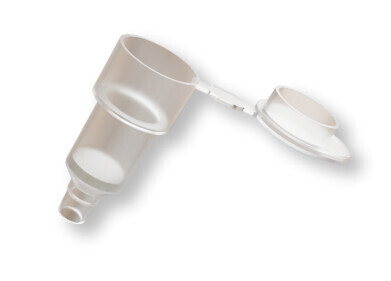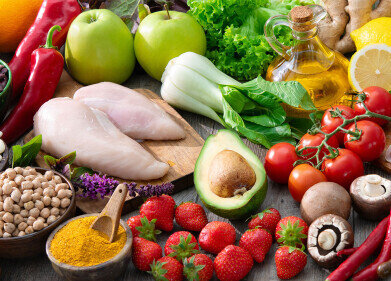Sample Prep
What Gives Pineapple Wine Its Unique Flavour? - Chromatography Explores
Aug 13 2018
We think of wine as the drink made from grapes, that we drink at the dinner table or while relaxing in the garden on a summer’s evening. But in fact, wine can also be made from many other fruits and even some vegetables.
One flavour of fruit wine – pineapple - has recently been studied by researchers in China. In a paper published in the IOP Conference Series: Materials Science and Engineering, titled Changes of aroma components of pineapple wine during fermentation with ADT strain, researchers utilised headspace solid-phase microextraction gas chromatography – mass spectrometry (HS-SPME GC-MS) to analyse the aroma components of pineapple wine. A delicacy in China.
Wine from grapes and fruit
Wine is traditionally produced from grapes that don’t have any other sugar, acids or nutrients added to the mix. Yeast is added and this reacts with the natural sugars in the grapes to make carbon dioxide and ethanol. It is a simple chemical reaction that is taught in standard school chemistry. All the exquisite aromas and flavours of wine are due to the type of grape, where it is grown and the skills of the grape and wine producer.
Fruit wines differ from traditional wine in that other ingredients besides fruit and yeast are used. This is because the sugar content of the fruits is too low for fermentation to happen. So, in many cases additional sugar and yeast nutrients are added to allow fermentation to occur producing the important ethanol. Sometimes other flavour ingredients are used too, this is to make a more palatable drink. In many parts of the world, fruit wines are produced locally from the available fruits, often in domestic rather than commercial settings.
Pineapple wine – made from pineapples
Pineapples are a rich source of vitamins, proteins and sugar. In some parts of the world it is also used for medicinal purposes. In China, it is used to reduce fever and improve indigestion symptoms. Pineapples have moderate sugar and acidity, and the quality of pineapple wine is also affected by the type and strain of yeast used to ferment the juice into pineapple wine.
In the study carried out in Chine referenced above, the team used sample preparation techniques to prepare samples for injection – sample preparation is discussed in the article, Measurement of Drugs of Abuse by Liquid Chromatography Tandem Mass Spectrometry using Fully Automated Sample Preparation.
The team found that the aroma components of the fermentation changed as different strains of yeast were used. They detected 24 different esters and eight different alcohol components, and six acids. Glad they found some alcohol.
Digital Edition
Chromatography Today - Buyers' Guide 2022
October 2023
In This Edition Modern & Practical Applications - Accelerating ADC Development with Mass Spectrometry - Implementing High-Resolution Ion Mobility into Peptide Mapping Workflows Chromatogr...
View all digital editions
Events
Apr 28 2024 Montreal, Quebec, Canada
May 05 2024 Seville, Spain
May 15 2024 Birmingham, UK
May 19 2024 Brno, Czech Republic
May 21 2024 Lagos, Nigeria













